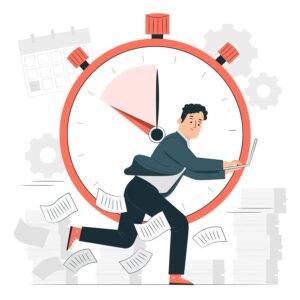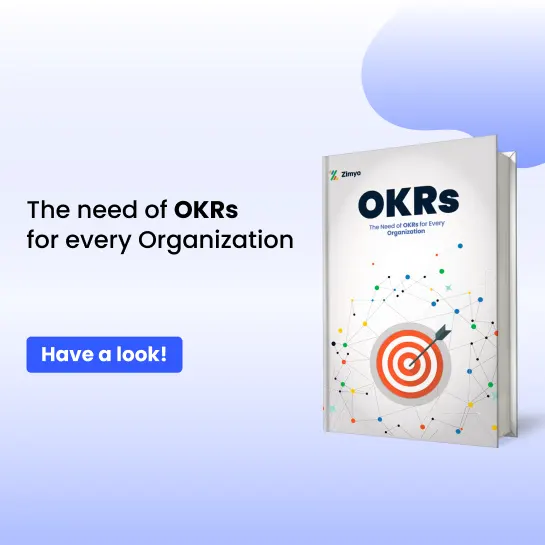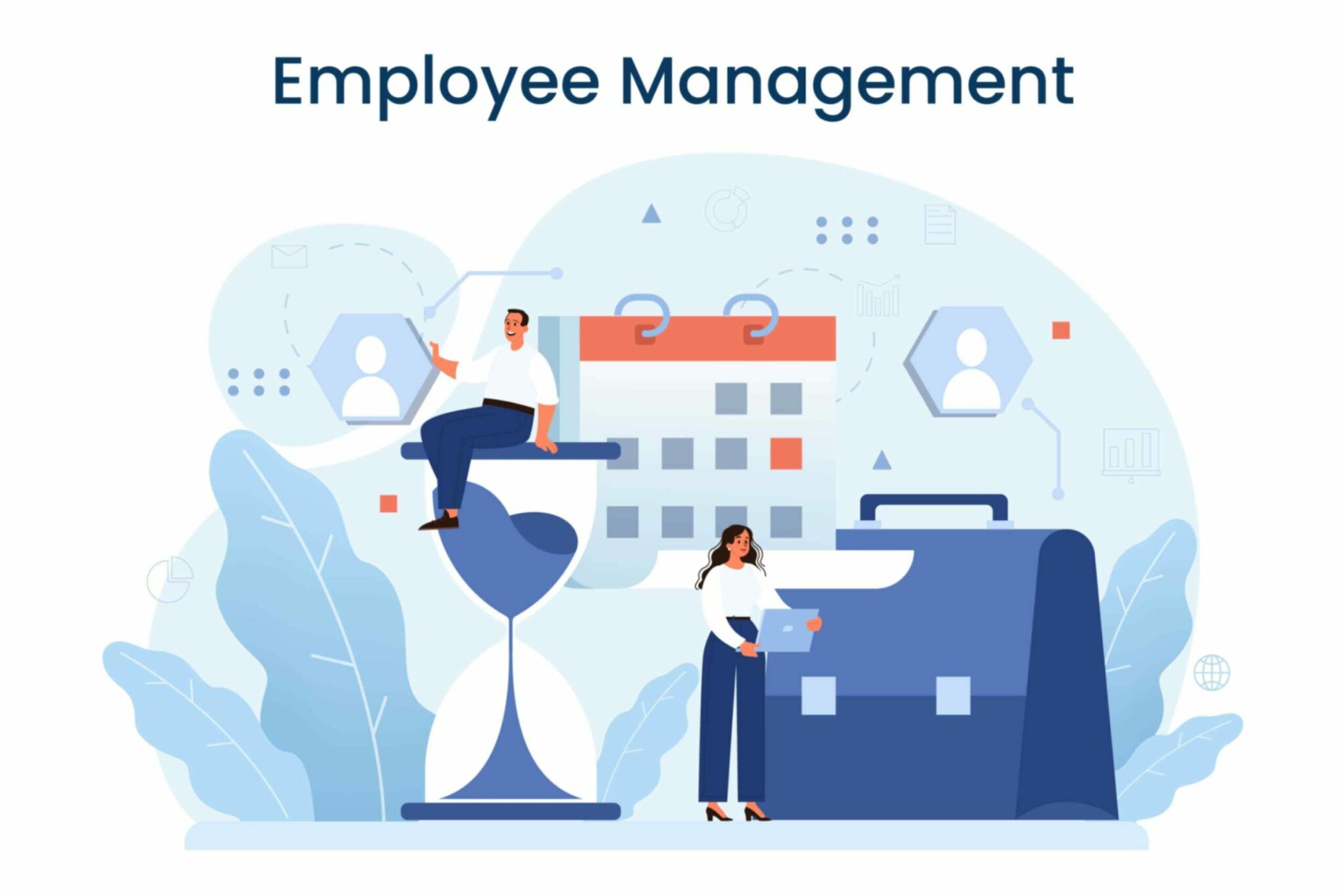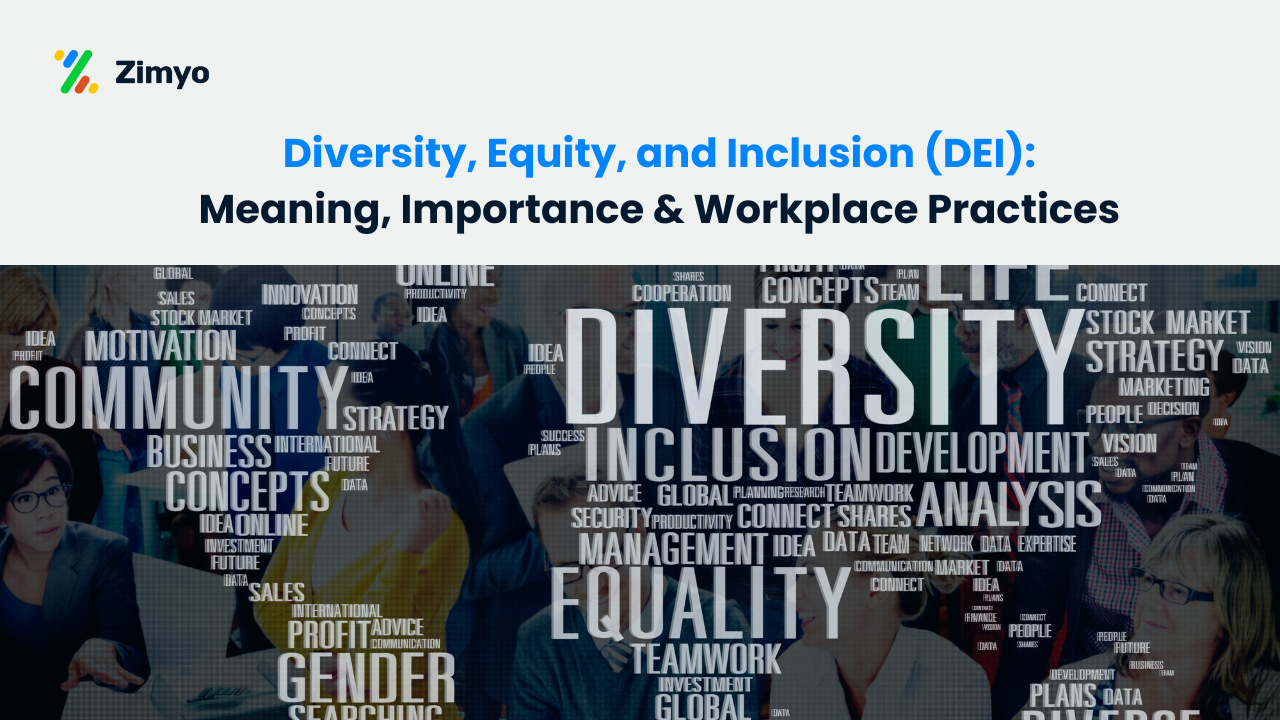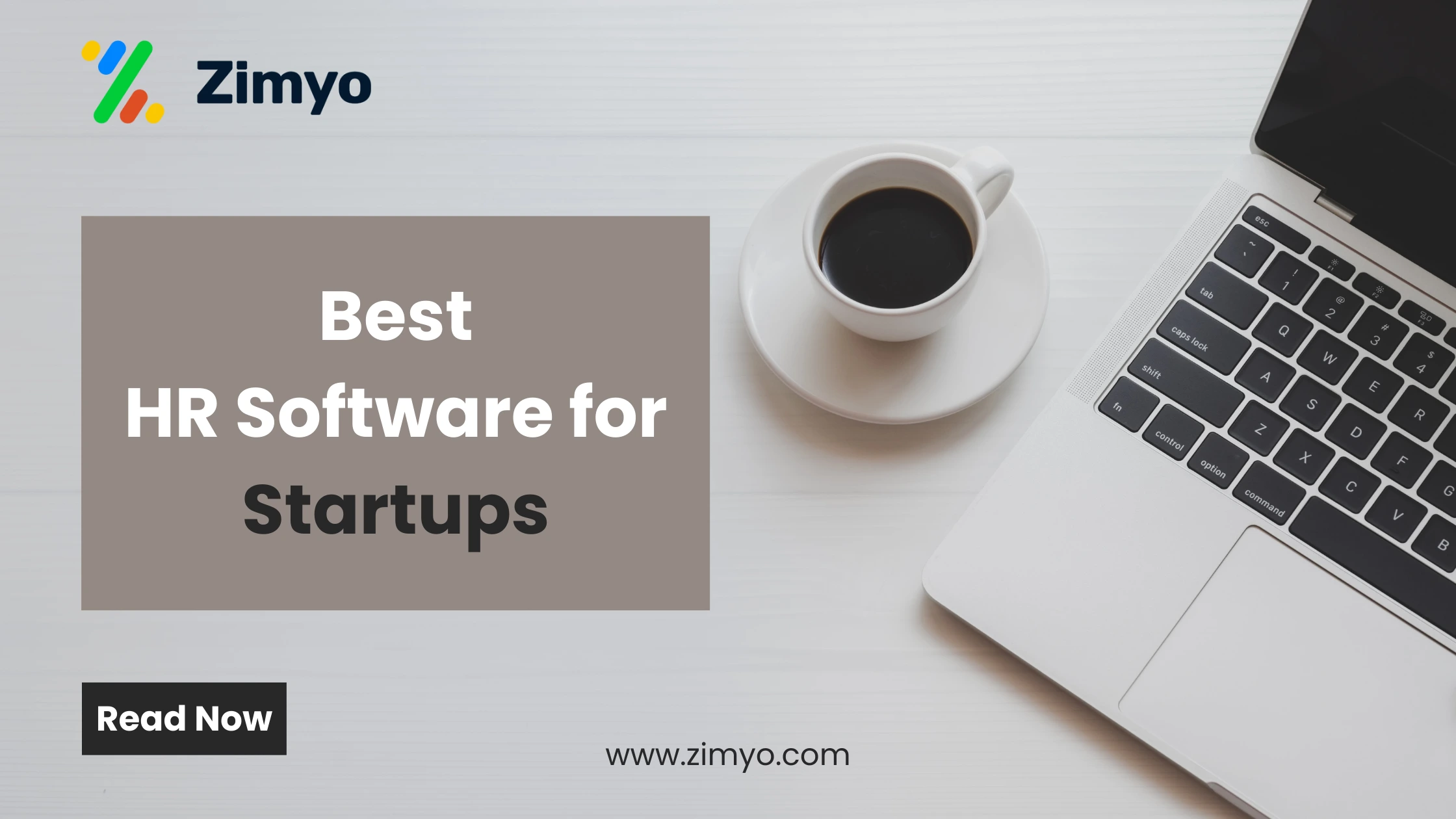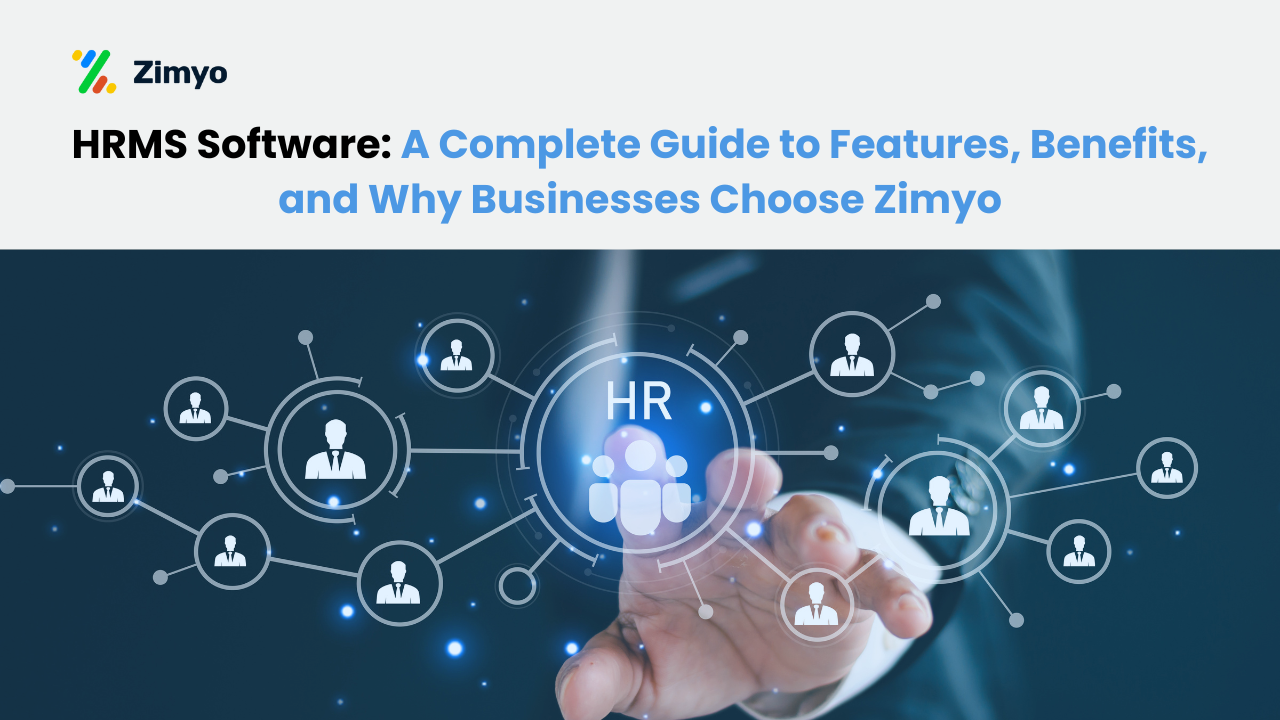Be it a small or a big organization, every company has employees to manage that come with a ton of data to be stored and protected simultaneously.
If we talk about traditional ways, organizations used to store their data manually, robbing themselves of their time and effort, causing misunderstanding, risking security and creating an environment of chaos. Traditional ways of maintaining information have grown outdated and have many unavoidable drawbacks that affect the efficiency of an organization as a whole.
Organizations started becoming techno-savvy to overcome these challenges and adopt a more modern and convenient approach in the workspace and began automating numerous activities by opting for HR software that fits best with their company’s policies.

Benefits of storing employee data
As discussed, storing the data of employees can be a hectic task, so why bother to do it?
Some of the main reasons why every organization should have the necessary details regarding their employees are:
1. Makes it accessible
Emergency situations might persuade you to go through an employee’s history urgently. To avoid hecticness and chaos in such circumstances, it is always a good idea to store the necessary information regarding your employees.
For instance, in case of any legal matter, you will have the data available easily in no time.
2. Identifies human trends
Storing and analyzing employee details helps you identify trends related to your workforce.
For example, this may notice that employees are resigning from the firm after a specific period.
Knowing this, you can make necessary changes to make your employees stay longer and more engaged.
3. Saves time
If not stored, it might take up a lot of time for the managers to search for even a tiny detail about their employees as the data is not readily available and accessible.
4. Creates a comprehensive picture of your workforce
Big organizations with thousands of employees may face confusion while contemplating the efficiency of every individual. Having a systematic report for everything will help managers analyze the job roles better, identify the needs and requirements, and plan a business strategy more specifically.
5. Know about employee performance.
Storing details regarding employee feedback helps the manager have a detailed view of employee efficiency and take action if required.
Analyze employee performance!
Easily track your employee’s performance by having all the information stored at one place with Zimyo’s HRMS software.
Analyze with Zimyo
What type of data to store?
What details should an organization have accessible about their employees that impact the organization are:
1. Demographic information
This is the general information regarding your employees such as their age, gender, nationality, education, etc.
This data tells you about the diversification in your workforce and provides you with the basic knowledge about your employees to know them more.
3. Employment details
Details regarding their agreement with the company, past work experiences, background checks, and statement of legal foundations.
Details such as employee bank details and leave policies are also stated under employee details.
4. Job details
What type of job role the employee performs is also a vital detail to store. Job description, current projects the employee is working on, everything falls under this category.
This should be updated after specific periods for managers to have a clear view of what each employee is working on and whom to assign the next task based on their availability.
5. Training data
Employees need timely training to get their skills sharpened and developed according to the changing dynamics and needs of the organization.
To keep track of the employee’s growth and for managers to know which employee is trained in what field, it’s essential to have it all recorded and stored.
6. Performance data
To keep your employees motivated to work better and best each passing day, they must be rewarded and recognized for their hard work. Storing and analyzing your employee’s performance-related details to identify and praise the best ones is essential. This also helps in setting targets for other people in the company.
7. Employee’s opinion
This includes data collected from conducting exit interviews and from the onboarding process.
The data provides you with feedback on the company’s working environment and eliminates the areas of problem in the future.
8. Payroll
Payroll data as to how much salary is to be paid to an employee at the end of the month are essential details that must be stored without any mistakes. If stored manually, it might carry some man-made errors that can lead to misunderstandings in the company.
How to choose the right HR software for your company’s employee documentation?
Choosing the right HRMS software with the necessary features based on your organization’s needs can get hectic and overwhelming, but following the proper steps and processes will lead you to the perfect solution for your problems.
Some of the steps to follow while choosing software are:
1. Identify your needs
Identify and analyze your organization’s size and the number of employees it has. Managing data for a large organization and managing data for a small organization can be two different things, and every company has other policies regarding recording their employee’s data, so software should be chosen accordingly. Also, every company has varying terms and conditions regarding what data they want to store and what not.
2. Security
Security of your employee’s data is essential to an organization’s ethics. It’s a company’s duty not to let the data get leaked and to retain the trust of their employees in themselves.
Before choosing software for storing your employee data, ensure it has features like two-factor authentication, etc, to secure the data stored.
Secure your employee’s data
Let Zimyo guard your employee’s data with it’s modernized HRMS software.
3. User friendly
Make sure the software is multiple user friendly and not confined to a small number of employees in case you expand your organization in the future; as much as employees are onboarded in the future, as much more documents will be there to store.
4. Not complex
It’s vital to ensure that the software is simple to use and has straightforward features that will keep the employees and managers distinct. All the documents should be stored under one roof, easily accessible and manageable.
The bottom line
Until now, it must be evident to you how important it is for an organization to have their employee’s data handy and why it is the best idea to automate the employee documentation process by opting for HR software instead of relying on manual ways.
The manual ways of storing employee data come with numerous disadvantages that compromise the working of an organization. To overcome these challenges, companies like Zimyo offer HRMS software that automatically keeps all your employee’s relevant data piled under one roof, easily accessible, and statistically arranged. It becomes a piece of cake for the managers to manage thousands of employees’ documents and details as the process can be done in mere seconds with just a tap on the screen. Zimyo has the #1 customer experience and is a go-to choice for your organization to have a hassle-free documentation process for your employees. This saves time, money, and storage and lessens the burden of HR managers to an extent.
Also read
Strategies for Measuring Employee Mood
Empowering Workforce Through Performance Management

